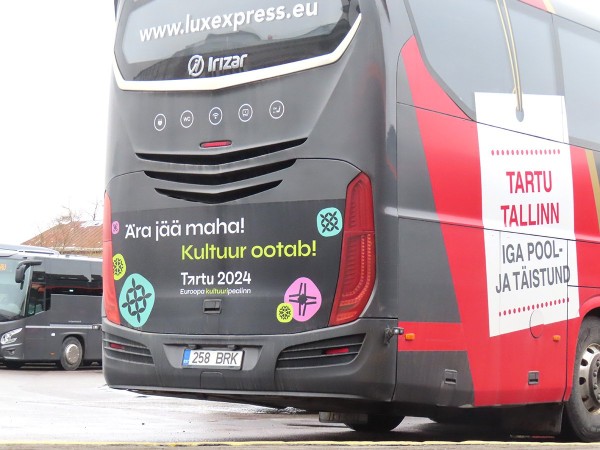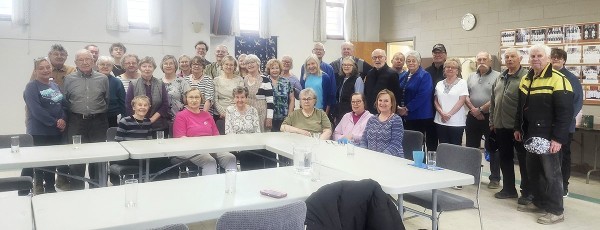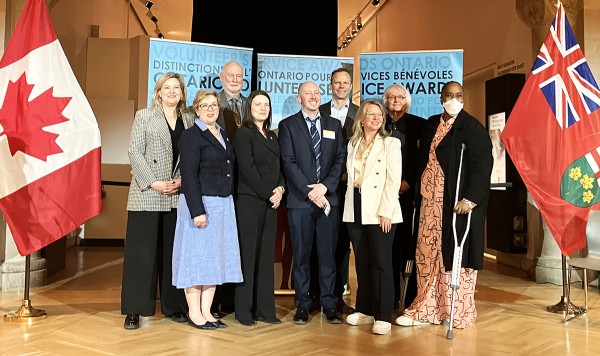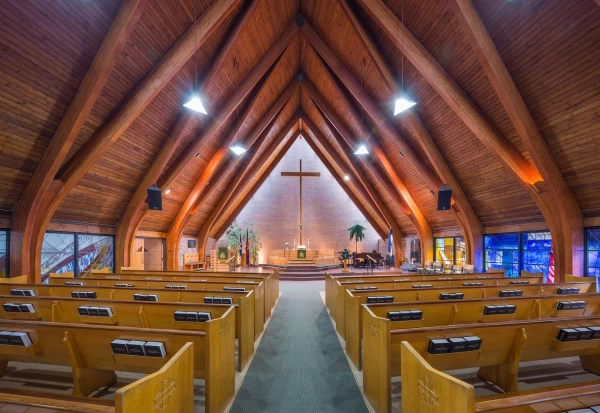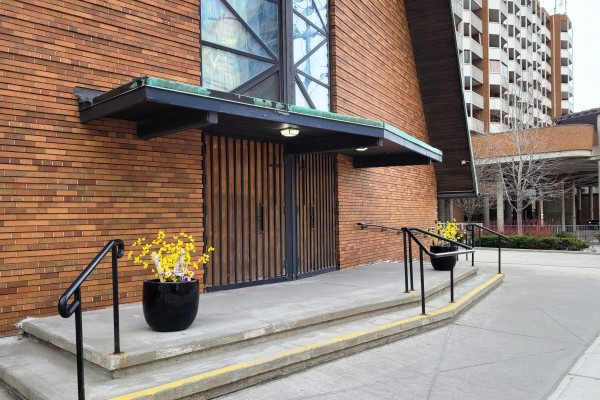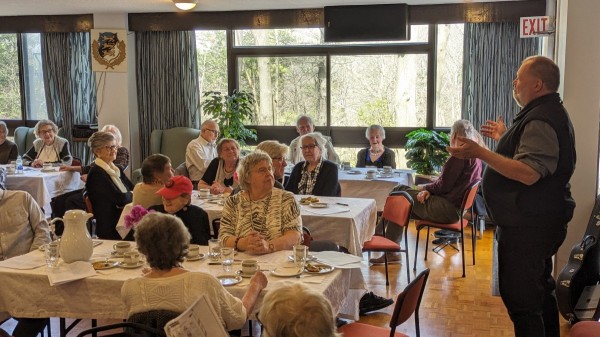Arguably, what should have been one of the most lucrative spaces to lease, a section of 3,577 square feet of valuable first floor office space, generates the lowest amount of income at $1.00 per year. This extraordinary 50 year lease underlines the significance of the assignment language included in the loan agreement. Clause 16 is particularly relevant and telling of the borrower’s questionable leasing decisions (See attached):
The Assignor (the Borrower) further agrees that the Assignor will not lease or agree to lease any part of the Property except at a rent, on terms and conditions, and to tenants which are not less favourable than those which a prudent landlord would expect to receive for the premises to be leased.
Granted, even though this questionable $1.00 per year lease already existed, the lender lent $10 million to this organization based on an assessment that other leases and rents would service the loan payments. There are approximately 459 other rooms rented on a regular basis that bring in significant income. If the proposed Madison Project goes ahead, it is critical that 100% of the limited footprint contributes to whatever debt is taken on and that nothing equivalent to a $1.00 lease, or even some type of bartering for space, hampers maximizing cash revenue.
What should Estonian House Limited (EHL) shareholders demand to protect their proposed Madison investment? If EHL shareholders were going to be equivalent to a lender in the future, then something like Clause 16 from the $10 million loan agreement might be good language to consider. But with the sale of 958 Broadview representing a cash investment in Phase 1 of the “Estonian Centre,” EHL shareholders should also retain a significant and preferred equity position. Since no terms have been discussed and no real specific proposals have been presented, individual EHL shareholders are left to ponder what will come of their asset.
As the “4 Orgs” evaluate their “go forward” options and project’s feasibility, there is little doubt Madison will take on significant debt. Property acquisition and construction will cost millions. Even though 958 Broadview has relatively little debt, it has been decided that it can’t be renovated or rebuilt to make itself more attractive to a larger audience of potential tenants and renters. Instead the preferred option is to take on greater debt to revive a community with a new building at a familiar location. No businesses owned or operated by Estonian-Canadians or others have publicly pledged to be anchor tenants, to lease office space, have shops or rent space on a regular basis at the future 9 or 11 Madison. “Since 2010, rental income from Estonian organizations and renters has declined by 45 per cent,” it seems that the new centre is destined to rely on hosting events for non-Estonian organizations to generate revenue. (from “About” the Estonian Centre at https://www.estoniancentre.ca/...) Isn’t the limited use of the Estonian House by Estonian-Canadians part of the argument for not renovating 958 Broadview? As one person suggested, and we’re paraphrasing but, “Estonians are only using the place for 7-10 hours a week, so why are we running a community centre for everyone else?”
How much can the proposed Estonian Centre rely on rental income derived from Estonian-Canadian organizations? When the community’s own rental appetite has slowed by 45%, what might the new Centre’s income stream look like? The Museum of Estonians Abroad (VEMU) is part of the sustainability strategy for “…cost sharing, event synergies, collaboration and exploration of new ideas and cultural links” but this alliance generate enough cashflow to make a significant contribution to the construction debt? The museum and cultural space angle seems like a natural play. Phase 1 of VEMU is practically under the southern portion of the proposed centre. But if the museum and cultural angle is so attractive, then VEMU should expand to #9 Madison on its own accord. Who knows, it might even attract some to change career paths in order to run an expanded VEMU. But if the sale of Estonian House is financing this venture, then EHL shareholders have to ask: Will the plan bring in all the cash it needs after the cash from Estonian House has run out?
After the parking lot at #9 Madison is purchased and the Estonian Toronto Credit Union has recovered its investment in #11 Madison, is it inevitable that EHL shareholders will be relegated to take a back seat to whoever finances everything after Phase 1. The early indication is uncertain at best. “The property 11 Madison Ave., currently owned by the Estonian Credit Union, will be sold to the Estonian Centre project.” (from “About” the Estonian Centre at https://www.estoniancentre.ca/...) But who owns or will own the “Estonian Centre project”? What is the structure of this corporation? The generation that took out their purses and their wallets and built a community house with their hearts, sweat and willpower more than 50 years ago may not have any position at all in the future; not as financiers nor as equity stakeholders.
Shareholders of the Estonian House Limited (EHL) will be the largest financial contributor during Phase 1. Should there be any question as to who owns #9 and #11 Madison if the sale of the current Estonian House provides the money for those purchases. As of now, it seems that individual EHL shareholders will be left cashing out on 958 Broadview Ave without the ability to carry their shares and their shareholder rights over to Madison Ave.
(The next articles in the series will look at current status of 958 Broadview and the history of 11 Madison and what potential the properties have to serve the interests of Estonian House Limited shareholders.)
Allan Meiusi
EWR Contributor
Related: Toronto Eesti Maja tulevik
Madison Project “Due Diligence” Part 1
Madison Project “Due Diligence” Part 2
Madison Project “Due Diligence” Part 3 – School Season Neighbours
Déjà vu all over again - Part 4










